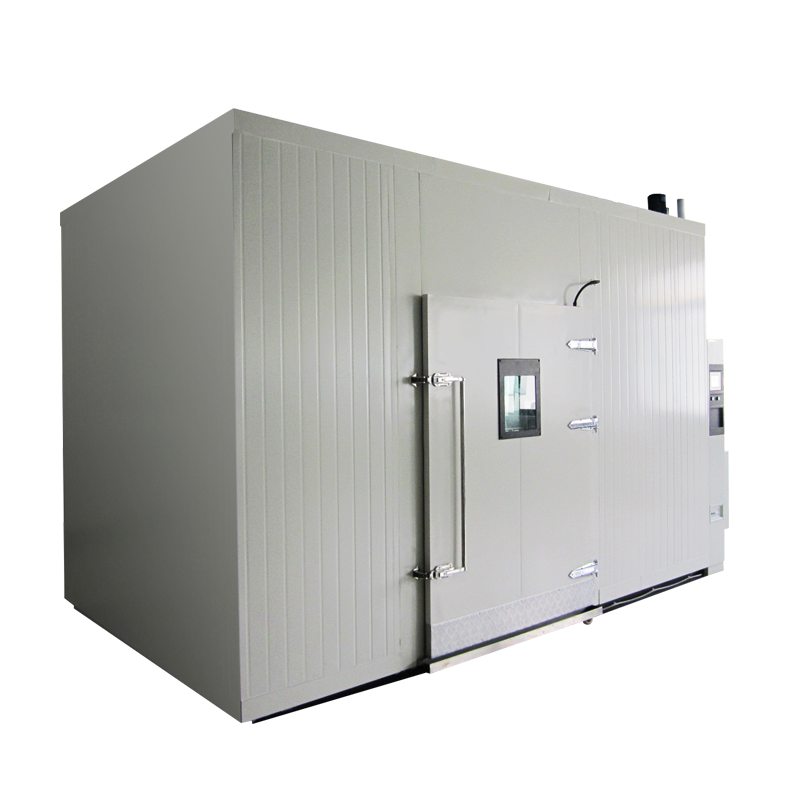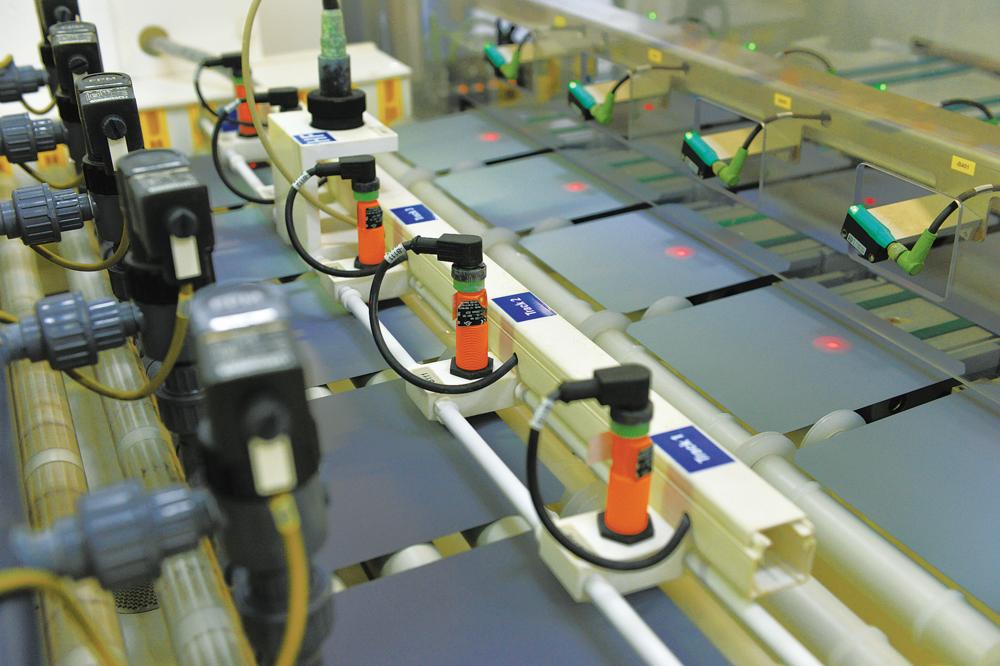Walk-in constant temperature and humidity chambers are indispensable facilities in scientific research and industrial testing, primarily providing a stable temperature and humidity environment for samples to conduct various tests and experiments. With technological advancements, future walk-in constant temperature and humidity chambers will evolve toward intelligence and automation, specifically reflected in the following aspects:
-
Intelligent Monitoring Systems
Future chambers will be equipped with advanced sensors and monitoring devices to collect real-time environmental data (such as temperature, humidity, air pressure, etc.). Through IoT technology, data will be uploaded to the cloud, allowing researchers to monitor the chamber's status anytime, anywhere, ensuring the stability of experimental conditions. -
Automated Control
Chambers will integrate automated control systems to adjust temperature and humidity parameters based on real-time monitoring data. Such intelligent control systems can automatically activate or deactivate heating, cooling, humidification, and dehumidification equipment according to preset experimental conditions, reducing human intervention and improving the accuracy and repeatability of experiments.

-
Data Analysis and Prediction
Utilizing big data analytics and AI technology, future chambers will analyze historical data to predict equipment performance and experimental outcomes. This will help researchers optimize experimental designs, identify potential issues in advance, and make necessary adjustments. -
Remote Operation and Management
Through mobile apps and online platforms, researchers can remotely monitor and manage chambers. Regardless of their location, they can check the chamber's status, adjust parameters, and receive alerts in real-time, enhancing the flexibility and efficiency of experiments. -
Self-Diagnosis and Maintenance
Future chamber equipment will feature self-diagnostic capabilities, continuously monitoring operational status to promptly detect faults and issue alerts. Such intelligent maintenance systems can significantly reduce downtime and improve laboratory efficiency. -
Energy-Efficient and Eco-Friendly Design
Intelligent walk-in constant temperature and humidity chambers will place greater emphasis on energy conservation and environmental protection, adopting efficient cooling and heating technologies combined with smart control systems to optimize energy consumption and reduce environmental impact. -
User-Friendly Interfaces
Future chambers will offer more intuitive and user-friendly interfaces, simplifying operational procedures and enabling researchers to easily configure experiments and manage data.
The future of walk-in constant temperature and humidity chambers lies in the deep integration of intelligence and automation, enhancing laboratory efficiency and reliability. This transformation will not only improve the efficiency of research and production but also provide researchers with a better working environment and experience, driving technological progress and innovation across various fields.














